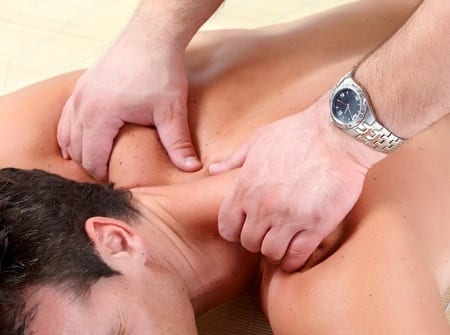 Massages are growing in popularity amongst people with a number of ailments or those who just want a better way to relax. A key question surrounding the efficacy of massages is, “Can Massage Relieve Pain?” For millions of people who suffer from chronic pain and for whom pain relievers are ineffective or high risk, options like massage may provide a good alternative to controlling their pain. Massage can help relax people, while reducing stress and relieving pain.
Massages are growing in popularity amongst people with a number of ailments or those who just want a better way to relax. A key question surrounding the efficacy of massages is, “Can Massage Relieve Pain?” For millions of people who suffer from chronic pain and for whom pain relievers are ineffective or high risk, options like massage may provide a good alternative to controlling their pain. Massage can help relax people, while reducing stress and relieving pain.
A recent systematic review in Pain Medicine substantiates these claims. By pooling 60 high-quality and seven low-quality studies, the review found that message therapy was superior to placebo in ailing pain. It also had the added benefit of a favorable safety profile which was very low in side effects (particularly in comparison to pharmacotherapy). There seem to be multiple mechanisms via which massages improve biomechanical, physiological, and psychological wellbeing. It truly is a lost art, having originally been described by Hippocrates, the father of medicine.
A question that always persists with massage therapy is how long and how often patients need to get it in order to sustain the pain relieving effect. A study by a group of researchers in Seattle looked at this research question and found that those who got massages for 60 minutes two or three times a week had the best results followed by those who have 30 minute massages of the same frequency which was better than no massages at all. If you try massage therapy and do not witness results, it may be time to consider increasing the frequency as that seems to make a difference. A massage therapist can likely help any individualized questions you may have regarding a regular regimen.
The effectiveness of massages has led even many traditional sites of care to start to adopt them. A survey by the American Hospital association found that 82% of hospitals offered massages to patients depending on what they were in for. The majority of these cases were used in order to help with pain relief.
Given the favorable risk-benefit profile of massage therapy and the comparable profile of prescription medications, it is a wonder that the massage trend did not take off earlier. As the United States faces an opioid addiction epidemic, massages are likely to continue to grow in favor with both patients and providers. Given the damage that drugs can do, it may well become first line therapy in time.
Image credit: 123rf.com
